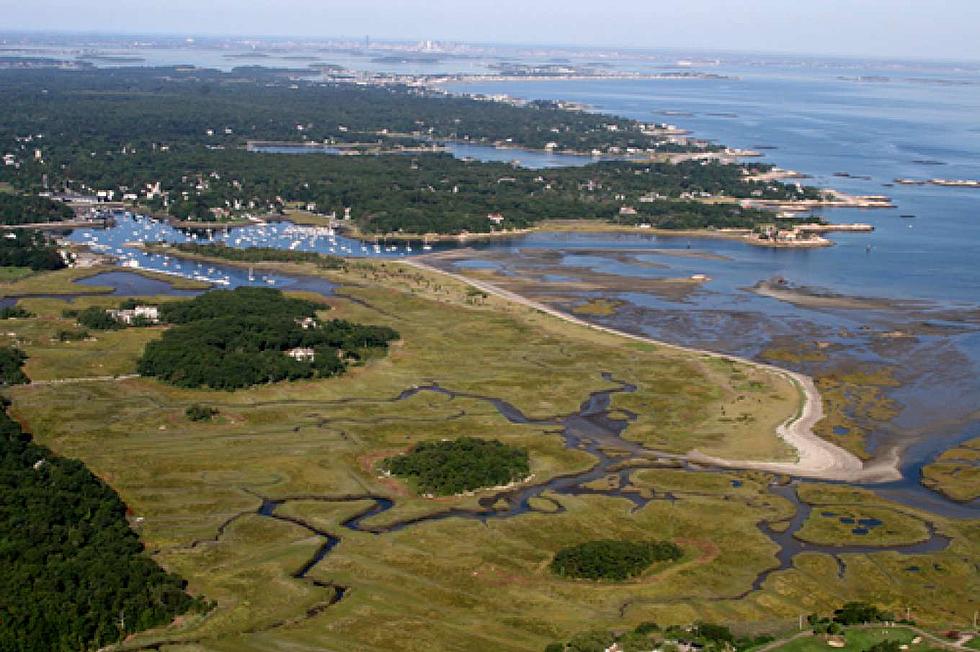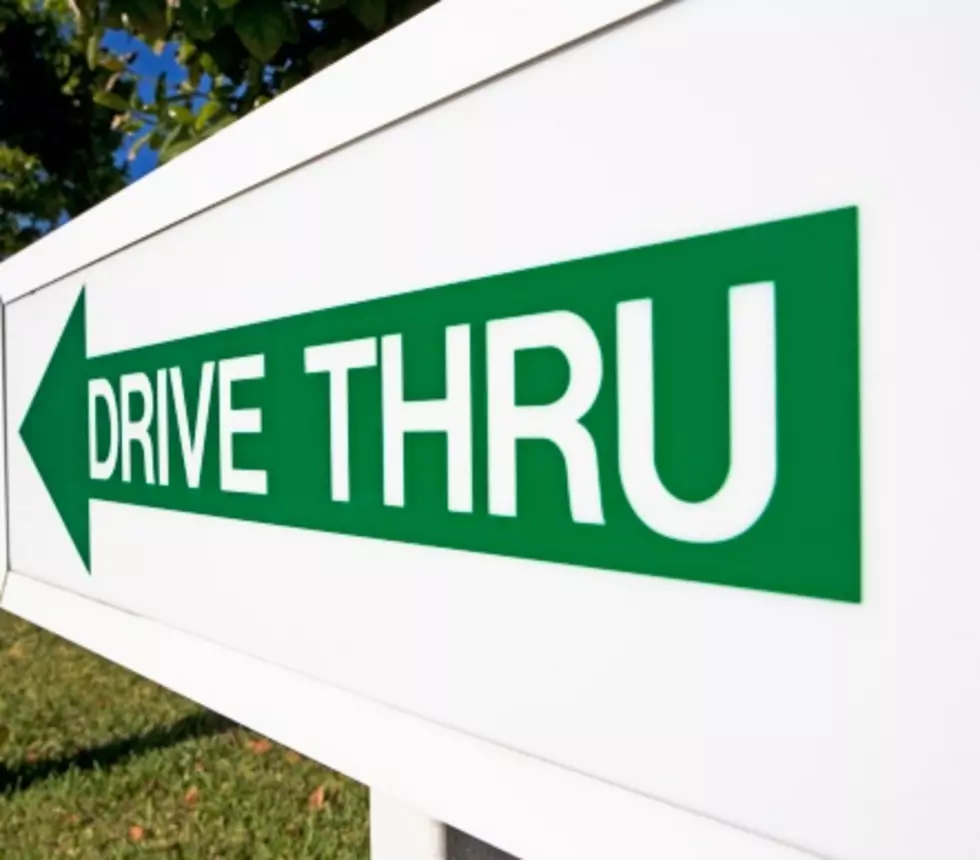
Scituate, Massachusetts Became Known for Harvesting Irish Moss
When Irish eyes are smiling, it could be because they got a look at all of the Irish moss on the South Shore of Massachusetts.
Irish moss is not as exotic as it might sound. It is seaweed, and it's probably in some of the food you eat daily.
Chondrus crispus, commonly known as Irish moss, sea moss and carrageenan, is a species of red algae that grows where rocks dot the Atlantic Coast of Europe and North America. It is in abundance off the rocky coast of Ireland and along the coast of Massachusetts.
Irish moss varies in color from greenish-yellow to red to dark purple or purple-brown. When boiled, it takes on a jelly-like consistency. Irish moss is a thickener and stabilizer used in milk-based products such as ice cream and yogurt, some processed foods, and for fining beer.

The benefits of consuming Irish or sea moss are unclear.
Vogue says, "Sea moss is a natural source of iodine micronutrient that is vital for supporting thyroid health. Since the body doesn't make iodine itself, obtaining it through food is essential, and may prevent hypothyroidism, a condition in which the thyroid gland doesn't produce enough hormones to regulate metabolism."
But Vogue says, "There really isn't enough evidence to prove that consuming sea moss will improve your overall health."
Smithsonian Magazine says, "Now a global industry, carrageenan production in the United States had its unlikely beginnings over 150 years ago when an Irish immigrant spotted a familiar plant off the side of his sailboat."
Smithsonian says fisherman Daniel Ward, an immigrant from Ireland, discovered the algae beneath the surface of the water while fishing in 1847. He recognized it as Irish moss.
The Irish harvested Irish moss for use in puddings and beer.
Ward "soon abandoned fishing to settle on the beaches of a small coastal town called Scituate (Massachusetts), midway between Boston and Plymouth."
Many Irish nationals who fled the potato famine back home flocked to Scituate to help Ward harvest Irish moss. Scituate became known as the "most Irish town in America."
The Scituate Historical Society established the Maritime & Irish Mossing Museum at the Benjamin James House, built in 1739. In addition to harvesting Irish moss, Scituate is known for the many shipwrecks that occurred off the coast.
Most of today's carrageenan seaweed is harvested in China and Southeast Asia.
LOOK: 20 American foods that raise eyebrows outside of the US
Gallery Credit: Charlotte Barnett
LOOK: Here are copycat recipes from 20 of the most popular fast food restaurants in America
More From WBSM-AM/AM 1420








